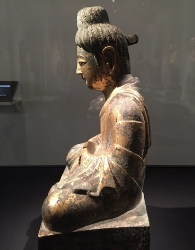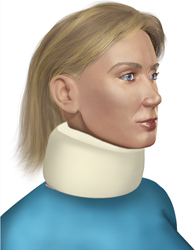It’s that time of year again—we know we’re about to get one year older and we hope we’re also going to be one year wiser! If you have applied that wisdom to progressing your posture, you may also experience that you look, and even feel, one year younger. Or if you have a long backlog of ignoring your posture, it’s not impossible that you may feel ten years younger!
Posture Tips for Meditators
It has been over 60 years since Eastern schools of meditation became widely known in the U.S. and Europe, and meditation became widely practiced, with over 14% of Americans having meditated at least once. If we include those practicing mindfulness techniques, using meditation apps, and attending yoga classes with a meditation component, this figure goes far higher.
The effects of sitting in meditation
The potential benefits of meditation are well known, and include a calmer, clearer mind, lower levels of stress, better sleep, improved relationships with others, and better mental health.
From a posture perspective, whether you sit in meditation regularly or are just getting started, you want the experience to be as healthy for your body as it is for your mind.
Rotator Cuff Injuries: Prevention and Healing with Healthy Posture
In my experience, people are often unaware that their posture has greatly contributed to their muscular problems and damage.
In this blog post I would like to talk about a frequently injured group of muscles that attach the arm to the torso at the shoulder blade—the rotator cuff. The rotator cuff helps rotate the arm and lift it sideways and is also responsible for stabilizing the shoulder joint.
How Do I Fix My Neck Pain?
Do you suffer from neck tension, muscle knots, or tingling in your fingers? Do you get frequent headaches?
Or maybe your neck is fine most of the time, but seizes up periodically, leaving you unable to function normally in your job, family life, and recreational activities.
Most neck pain involves compression.
In modern cultures, the head often drifts forward as we slouch and crane our necks towards our computer screens. The weight of the head, (typically 11 lb. or 5 kg—think bowling ball), then requires the muscles at the back of the neck to contract strongly to keep the head up. This contraction compresses the relatively delicate tissues in the area. Not a recipe for a healthy, happy neck. If you have forward head carriage but are symptom-free so far, keep reading for tips that will prevent future problems with the discs, nerves, blood vessels, and bones in your neck.




